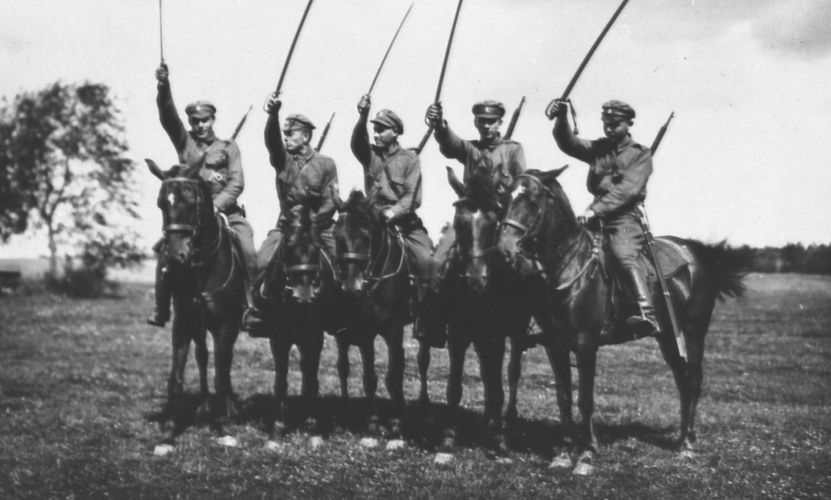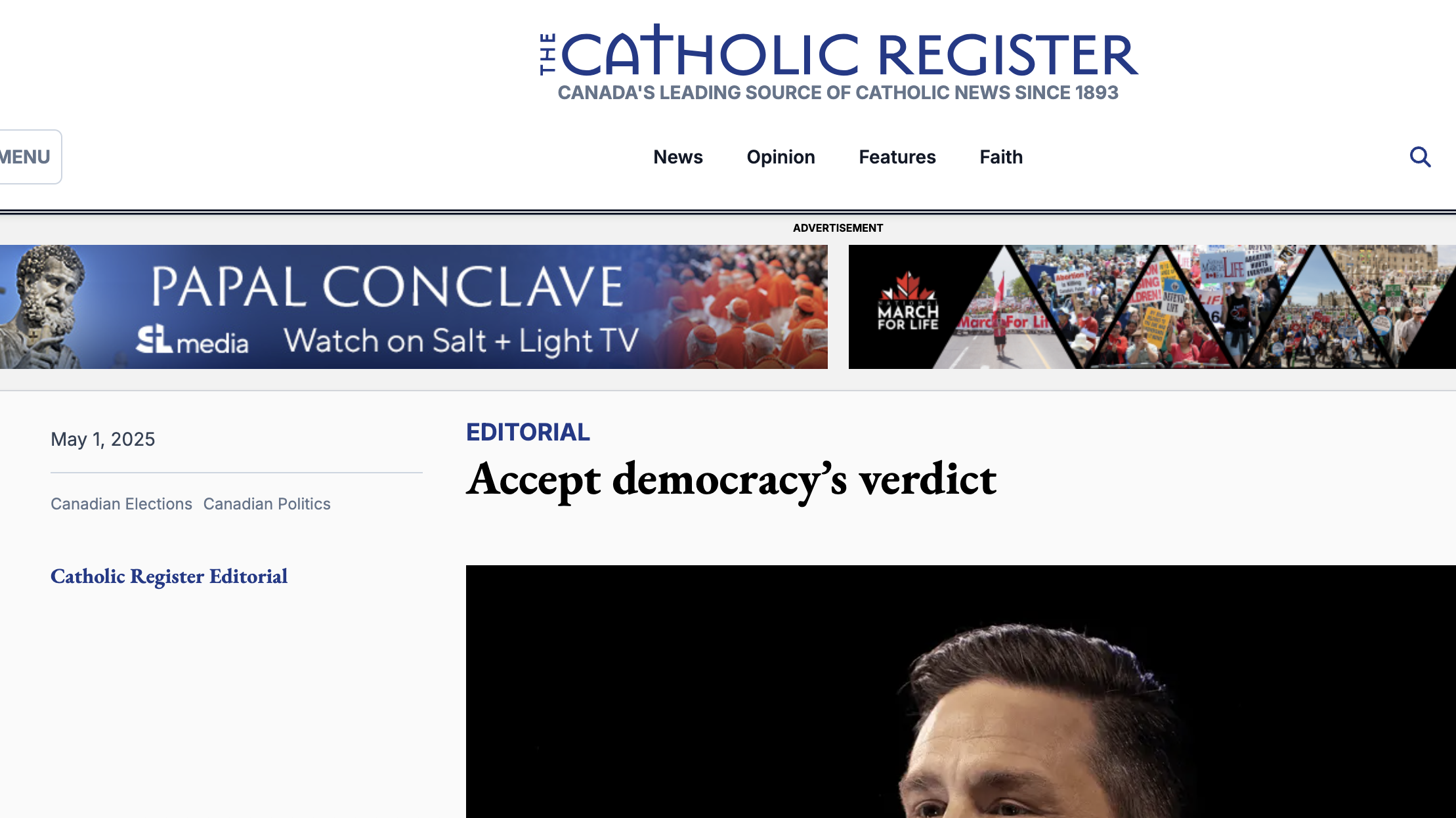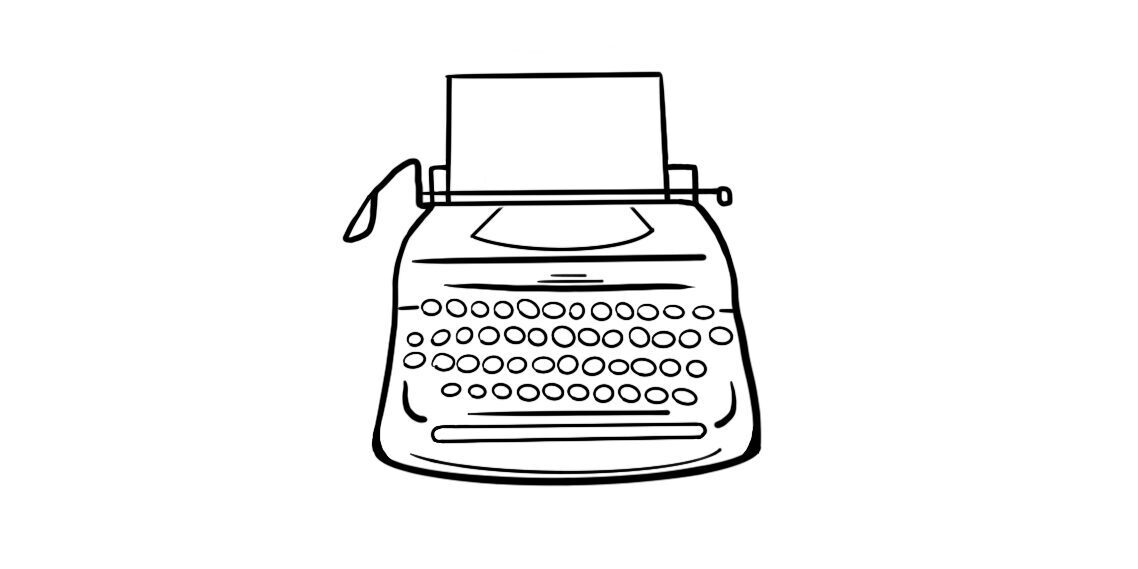In early June of 1919, the Landeswehr, which still occupied half of Latvia, attempted to isolate the right wing of the Estonian army. In spite of the Landeswehr’s experienced, well equipped troops, it was defeated by Estonians troops together with the Latvian North Brigade. It was the final battle at C??sis (V??nnu) on June 23 that saw the collapse of the Baltic German forces.
This major victory was followed, Estonian and Latvian forces in tandem fought to ensure that the puppet Baltic German regime that had been established in Riga would collapse. Thus the borders of Estonia were secured and Latvia reclaimed its independence.
The signing of the Tartu Peace Treaty with Soviet Russia in 1920 marked the successful achievement of Estonia’s independence. But this was the culmination of centuries of struggle against multiple foreign powers.
It was also genuine sympathy for Estonia’s aspirations that was a crucial factor in Estonia’s ultimate victory. With Estonia’s rapidly assembled 85,000 soldiers, 3,700 Finns, over 5,000 Russians of the North West White Army (commanded by Estonian general staff), 9,000 Latvians, 3,000 British, 400 Swedes and 250 Danes and nearly 700 Baltic Germans (Estonian citizens who had a separate Baltic Battalion) fought alongside Estonians against formidable adversaries.
Even though the British had supported Estonia’s efforts with substantial military aid, Communist Russians still represented a formidable enemy with overwhelmingly superior numbers in men and equipment. The North West White Army consisting of pro-Estonian Russians under Estonian command, with foreign assistance, had accumulated 56 artillery pieces with 18,500 men. The were opposed by the 7th Red Army with 148 pieces and 26,000 soldiers. Logistically Estonians would be out-manned with inferior fire-power at other fronts, but superior fighting ability, effective leadership and high morale would eventually prevail.
Perhaps there’s no relevancy in drawing direct parallels with the allied help 100 years ago and the expectations of NATO’s article five promising obligatory collective defense for a NATO member under attack. Cynics and skeptics state that it’s ingenuous to expect the USA to summon the political will to risk a military confrontation with Russia by interfering for Estonia. Even though both the US president and his top national security advisers have insisted that the Baltics can be assured of their independence under US support, one cannot ignore the radical changes of position that the US president has often declared, leaving observers bewildered. One wonders the motivations for these changes ??? faulty memory, superficial commitment to causes, an ego easily manipulated, lack of moral principles?
It’s suggested that only alarmists dwell on the possibility of a military strike from Russia. Very few deny the presence of NATO as being a realistic deterrence to any military aggression. But the instant willingness of Estonia’s Western allies, especially the USA from whom many of the others take their cue, to come to Estonia’s assistance is still contingent upon the latter’s military preparedness and capability to withstand an attack until help arrives.
With the above in mind it’s very appropriate that V??idup??ha/Victory Day marks the contribution of all Estonians and their allies in their fight to gain and maintain Estonia’s independence.
Laas Leivat, Toronto




